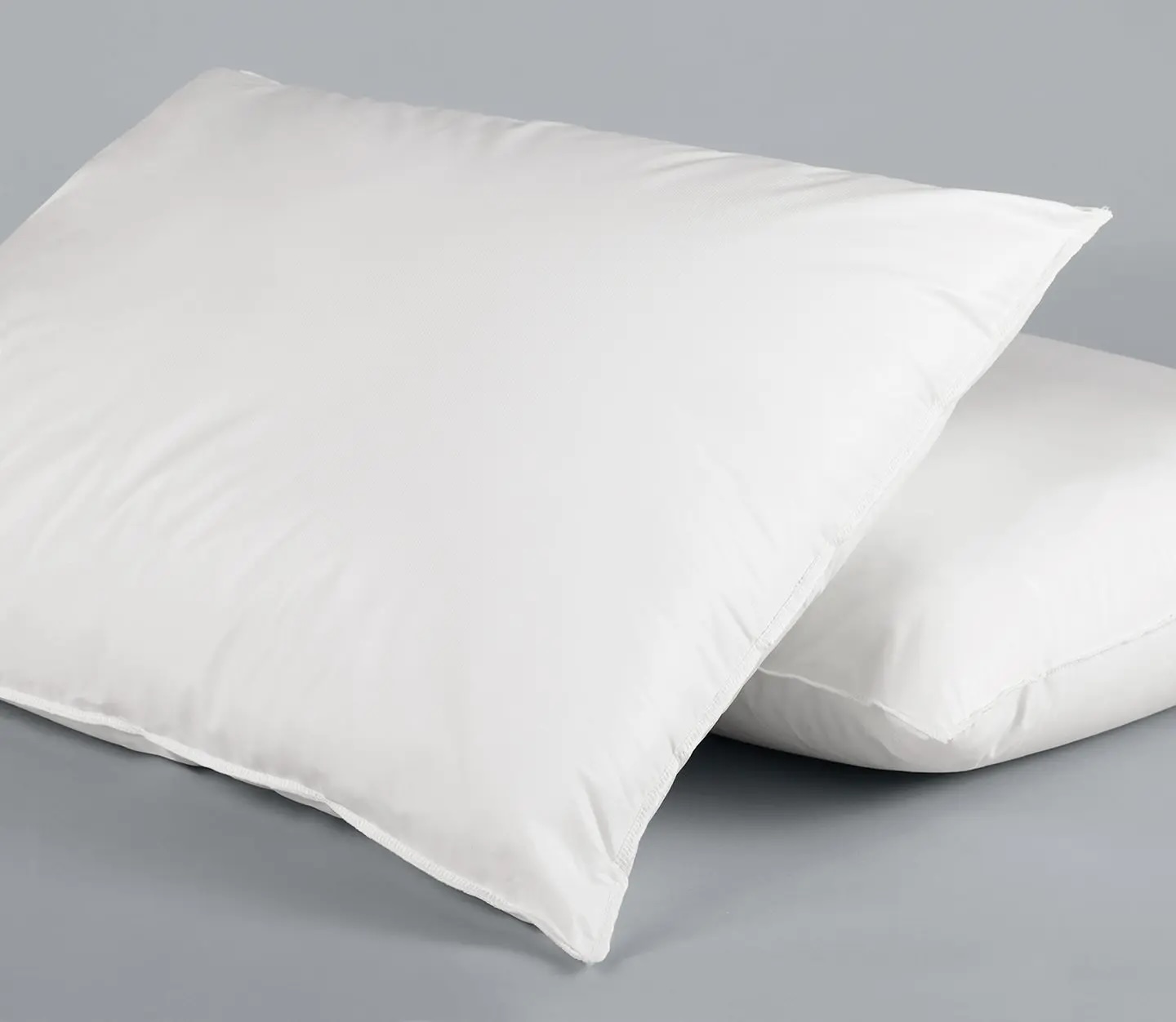

Articles
What Kind Of Pillows Do Hospitals Use
Modified: October 20, 2024
Discover the types of pillows commonly used in hospitals. Read our informative articles on hospital pillows and find out which ones provide the best comfort and support.
(Many of the links in this article redirect to a specific reviewed product. Your purchase of these products through affiliate links helps to generate commission for Storables.com, at no extra cost. Learn more)
Introduction
When it comes to providing comfort and care for patients, hospitals prioritize every aspect of their environment – and that includes the pillows used on patient beds. Pillows play a crucial role in promoting comfort, alleviating pain, and improving overall well-being during a patient’s stay in the hospital.
In hospitals, where patients spend a significant amount of time recovering or waiting for treatment, the type of pillow used can greatly impact their quality of sleep and overall comfort. Hospital pillows are designed to meet specific requirements, such as hygiene, durability, and functionality. With a wide range of options available, hospitals carefully consider various factors before choosing the pillows that will be used throughout their facility.
In this article, we will explore the importance of pillows in hospitals and delve into the factors considered when selecting the right pillows. We will also discuss the different types of pillows commonly used in hospitals and explore the benefits they offer to patients. Additionally, we will touch on considerations for patient comfort and safety, as well as provide guidelines for cleaning and maintaining hospital pillows.
Whether you’re a healthcare professional, a patient, or just curious about the inner workings of hospitals, this article will provide you with valuable insights into the world of hospital pillows and their significance in ensuring a comfortable and safe environment for patients.
Key Takeaways:
- Hospital pillows are not just for comfort; they play a crucial role in promoting restful sleep, aiding in pain management, and maintaining hygiene to ensure a safe and conducive environment for patients to heal.
- The selection of specific pillows in hospitals offers personalized support, pain relief, improved sleep quality, and psychological comfort, contributing to a positive patient experience and overall well-being.
Read more: What Kind Of Pillows Does Hampton Inn Use
Importance of Pillows in Hospitals
Pillows may seem like a small and insignificant part of a patient’s hospital experience, but their importance should not be underestimated. Hospital pillows play a vital role in providing comfort and support to patients, aiding in their recovery and overall well-being.
One of the main reasons pillows are essential in hospitals is their ability to improve sleep quality. Patients often struggle to find a comfortable sleeping position due to pain, discomfort, or medical conditions. A properly selected and positioned pillow can provide the necessary support to alleviate pressure points and promote better sleep. Quality sleep is crucial for patients to heal and regain their strength, making pillows an essential element in any healthcare facility.
Additionally, pillows are valuable in helping patients manage pain. They can be used to support specific areas of the body that may be injured or experiencing discomfort. For example, a pillow strategically placed under the knees can help relieve lower back pain, while a pillow placed under the head can provide support and comfort for those with neck pain.
Hospital pillows also serve as a barrier between the patient and the bed, ensuring hygiene and preventing the spread of infections. Hospitals adhere to strict cleanliness protocols, and pillows are no exception. Many hospital pillows are designed with antimicrobial and hypoallergenic properties, reducing the risk of allergens and bacteria accumulating and causing harm to patients. By using pillows that are easy to clean and maintain, hospitals can provide a safer environment for their patients.
Furthermore, pillows can offer emotional support and a sense of familiarity to patients. Being in a hospital environment can be stressful and unsettling for many individuals. Having a comfortable pillow that they can call their own can provide a small sense of comfort and a reminder of home. This psychological aspect can improve the overall patient experience and contribute to a more positive healing process.
In summary, pillows may seem like a simple accessory, but their importance in hospitals is undeniable. They promote restful sleep, aid in pain management, help maintain hygiene standards, and offer emotional support. Hospital pillows play a crucial role in creating a comfortable and conducive environment for patients to heal and recover during their hospital stay.
Factors Considered in Choosing Pillows for Hospitals
When it comes to selecting pillows for hospitals, several important factors are taken into consideration. Each factor is carefully assessed to ensure that the pillows meet the specific needs and requirements of healthcare facilities. Here are some key factors that play a role in the decision-making process:
1. Patient Comfort: The primary consideration when choosing pillows for hospitals is patient comfort. Different patients have diverse needs based on their medical conditions, injuries, or recovery process. Hospital pillows must be able to provide adequate support, adjustability, and cushioning to meet individual patient requirements.
2. Hygiene and Cleanliness: Hospitals have strict cleanliness protocols to prevent the spread of infections. Therefore, pillows that can be easily cleaned and maintained are crucial. Hospitals often opt for pillows with antimicrobial properties and removable, washable covers to ensure proper hygiene is maintained.
3. Durability and Longevity: Hospital pillows are subjected to frequent use and cleaning, so their durability is essential. Pillows constructed with high-quality materials that can withstand repeated use, washing, and sterilization are preferred.
4. Functionality: Hospitals require pillows that offer versatility and functionality to cater to the varied needs of patients. Whether it’s providing support for specific body parts, facilitating proper alignment, or accommodating different sleep positions, pillows that can serve multiple purposes are advantageous.
5. Allergen Control: Patients with allergies or sensitivities require pillows that are hypoallergenic and free from potential allergens. Hospital pillows often undergo rigorous testing to ensure they meet allergen control standards and are safe for use by patients with sensitivities.
6. Budget: While patient comfort and safety are paramount, hospitals must also consider the financial aspect. Hospitals analyze the overall cost of purchasing and maintaining pillows, ensuring they strike the right balance between quality and affordability.
7. Ease of Storage: Considering the number of patients and limited storage space in hospitals, pillows that are compact and easy to store are preferred. Hospitals often opt for pillows that can be compressed or stacked efficiently, allowing for optimal use of available space.
8. Ergonomics and Support: Ensuring proper spinal alignment and providing support for various body parts is crucial for patient comfort. Pillows that are designed with ergonomic features, such as contoured shapes or adjustable firmness levels, are favored in hospital settings.
These factors are carefully evaluated by healthcare professionals and procurement teams to make informed decisions about the pillows that will best meet the unique needs and standards of the hospital. By considering these factors, hospitals can ensure that the pillows they choose provide optimum comfort, hygiene, and functionality for their patients.
Types of Pillows Commonly Used in Hospitals
When it comes to selecting pillows for hospitals, there are various types available that cater to different patient needs and medical requirements. Each type of pillow serves a specific purpose and offers unique benefits. Here are some of the most commonly used types of pillows in hospitals:
1. Standard Pillows: Standard pillows are the most commonly used pillows in hospitals. They are rectangular in shape and provide overall support and comfort for patients. These pillows are versatile and can be used to support the head, neck, or other body parts as needed.
2. Cervical Pillows: Cervical pillows are specifically designed to provide support and alignment for the neck and head. They have a curved shape and a central depression that cradles the head, promoting proper spinal alignment for patients with neck pain or cervical issues.
3. Wedge Pillows: Wedge pillows have a unique triangular shape with a gradual incline. They are commonly used to elevate the upper body or legs. These pillows can be beneficial for patients with respiratory issues, acid reflux, or swollen limbs, as they promote better breathing and blood circulation.
4. Body Pillows: Body pillows are long and cylindrical, providing support to the entire body. They are used to improve sleeping posture, relieve pressure points, and reduce stress on the joints. Body pillows can be particularly beneficial for pregnant women, patients recovering from surgery, or those with chronic pain conditions.
5. Orthopedic Pillows: Orthopedic pillows are specially designed to provide orthopedic support and alleviate pain in specific body parts like the neck, back, or legs. These pillows have unique contours, shapes, and materials that help maintain proper spinal alignment, reduce pressure, and promote healing.
6. Donut Pillows: Donut pillows, also known as ring pillows, have a circular shape with a hole in the center. They are primarily used for individuals who need to relieve pressure from the tailbone or lower back. Donut pillows are often recommended for patients recovering from surgeries, experiencing hemorrhoids, or dealing with coccyx pain.
7. Pregnancy Pillows: Pregnancy pillows are curved and specially designed to provide support to the pregnant belly, back, and hips. These pillows promote better sleep and alleviate discomfort during pregnancy. They come in various shapes and sizes, including full body pillows and wedge-shaped pillows.
8. Positioning Pillows: Positioning pillows are used to maintain the proper alignment of the body during specific medical procedures or while in bed. They are versatile in shape and thickness, allowing healthcare professionals to adapt them for various patient needs, such as maintaining a particular position, preventing pressure sores, or supporting limbs after surgery.
Each of these pillow types has its own unique benefits and applications in a hospital setting. Healthcare professionals assess the individual needs of patients and choose the most appropriate pillow type to provide comfort, support, and aid in their recovery process.
Hospitals often use pillows made of durable, easy-to-clean materials like vinyl or nylon. Look for pillows with waterproof and hypoallergenic features for home use.
Benefits of Using Specific Pillows in Hospitals
Using specific types of pillows in hospitals offers several benefits for patients. Each pillow serves a specific purpose and provides unique advantages that contribute to patient comfort, support, and overall well-being. Here are some of the benefits of using specific pillows in hospitals:
1. Improved Comfort: Specific pillows, such as cervical pillows or body pillows, are designed to provide tailored support and align the body in a way that enhances comfort during sleep or rest. These pillows alleviate pressure points, reduce strain on muscles and joints, and promote proper spinal alignment, resulting in improved overall comfort for patients.
2. Pain Relief: Certain pillows, such as orthopedic or donut pillows, are specifically designed to provide targeted pain relief. Orthopedic pillows offer support to specific body parts, such as the neck, back, or legs, reducing pain and discomfort associated with musculoskeletal issues. Donut pillows, on the other hand, help relieve pressure from the tailbone or lower back, providing relief for individuals with conditions such as coccyx pain or hemorrhoids.
3. Enhanced Sleep Quality: Proper sleep is crucial for patient recovery and well-being. Specialized pillows, like wedge pillows or pregnancy pillows, can significantly improve sleep quality. Wedge pillows elevate the upper body, helping to alleviate snoring, acid reflux, and respiratory issues, leading to better sleep. Pregnancy pillows provide support to the belly, back, and hips, reducing discomfort and promoting comfortable sleep for pregnant women.
4. Promote Healing and Recovery: The use of specific pillows, such as positioning pillows, can assist in promoting healing and recovery after medical procedures or surgeries. Positioning pillows help maintain proper body alignment, prevent pressure sores, and provide support to limbs or body parts in the correct position, facilitating the healing process and reducing the risk of complications.
5. Reduced Risk of Infections: Hospitals prioritize hygiene and cleanliness in patient care. Many specific pillows used in hospitals are designed with antimicrobial properties or have removable, washable covers. These features make it easier to maintain proper hygiene, reducing the risk of infections and ensuring the safety of patients.
6. Personalized Support: By using specific pillows tailored to individual needs, hospitals can provide personalized support to patients. Whether it’s addressing unique medical conditions or accommodating specific sleep positions, the use of appropriate pillows ensures that patients receive the support required for their comfort and well-being.
7. Psychological Comfort: Hospital stays can be stressful and unsettling for patients. Using specific pillows that are comfortable, familiar, and customized to their needs can provide psychological comfort and a sense of familiarity that contributes to a more positive patient experience and overall well-being.
By utilizing specific pillows in hospitals, healthcare facilities can greatly enhance patient comfort, alleviate pain, promote better sleep, aid in healing and recovery, reduce the risk of infections, and cater to individual needs. These benefits contribute to a more positive patient experience and support the overall goal of providing the best possible care for patients during their hospital stay.
Read more: What Kind Of Mattress Do Hotels Use
Considerations for Patient Comfort and Safety
When it comes to providing optimal care in hospitals, patient comfort and safety are of utmost importance. Every decision, including the choice of pillows, takes into account factors that contribute to both patient comfort and safety. Here are some key considerations that healthcare facilities address:
1. Material Selection: The choice of pillow materials directly impacts patient comfort and safety. Hypoallergenic and non-irritating materials are preferred to minimize the risk of allergic reactions or skin irritations. Additionally, pillows made from breathable fabrics enhance airflow, keeping patients cool and comfortable.
2. Pillow Size and Shape: Selecting the appropriate size and shape of pillows is crucial for patient comfort. Pillows that match the patient’s body proportions and sleeping preferences contribute to a better sleeping position and reduced discomfort. Additionally, pillows with proper contouring and support encourage proper spinal alignment and alleviate pressure points.
3. Pressure Redistribution: Pressure sores, or bedsores, are a concern for patients who spend extended periods in bed. Pillows with pressure-reducing properties, such as memory foam or gel-infused pillows, can help distribute weight evenly and minimize the risk of pressure ulcers.
4. Temperature Regulation: Patients’ comfort can be affected by excessive heat or cold. Pillows with moisture-wicking properties and cooling gel inserts can help regulate temperature, ensuring that patients do not become too hot or cold during their hospital stay.
5. Fire Safety: Hospitals prioritize fire safety in all aspects of patient care, including pillows. Flame-resistant materials are often used to ensure that pillows meet fire safety regulations and reduce the risk of fire hazards within the healthcare facility.
6. Infection Control: Hospitals have strict infection control protocols, and pillows play a role in preventing the spread of infections. Choosing pillows with antimicrobial properties or removable, washable covers allows for easy cleaning and maintenance, reducing the risk of cross-contamination between patients.
7. Positioning and Support: Proper positioning and support are crucial for patient comfort and safety. Pillows that provide support to specific body parts, such as the head, neck, back, or limbs, promote proper alignment and help prevent strain or discomfort.
8. Individualized Care: Each patient is unique and may have specific medical conditions or needs. Considering individual factors such as allergies, sensitivities, and medical history allows healthcare professionals to select pillows that meet each patient’s specific requirements, ensuring their comfort and safety.
9. Regular Inspection and Maintenance: Regular inspection and maintenance of pillows are essential to uphold patient safety and hygiene. This includes inspecting for signs of wear and tear, monitoring cleanliness, and replacing pillows as needed to ensure that patients are provided with pillows that are in good condition.
In summary, considering patient comfort and safety when selecting and maintaining pillows in hospitals is crucial. Taking into account material selection, pillow size and shape, pressure redistribution, temperature regulation, fire safety, infection control, positioning and support, individualized care, and regular inspection and maintenance helps create a therapeutic and safe environment for patients during their hospital stay. By prioritizing these considerations, healthcare facilities can optimize patient comfort and safety, ultimately supporting patients’ overall well-being and recovery.
Guidelines for Cleaning and Maintenance of Hospital Pillows
Ensuring proper cleaning and maintenance of hospital pillows is essential to maintain hygiene, prevent the spread of infections, and prolong their lifespan. Here are some guidelines hospitals follow for the cleaning and maintenance of pillows:
1. Regular Inspections: Regularly inspect pillows for signs of damage, wear, or stains. Remove any pillows that are torn, deformed, or in poor condition and replace them promptly to maintain patient comfort and safety.
2. Follow Manufacturer Instructions: Adhere to the manufacturer’s instructions for cleaning and maintenance of the specific type of pillow used in the hospital. Manufacturers often provide guidelines on cleaning methods, water temperature, detergents, and drying techniques.
3. Use Removable Covers: Utilize pillow covers that are removable and machine washable. These covers act as an additional barrier, protecting the pillow from direct contact with patients while also facilitating easier and more frequent cleaning.
4. Frequent Laundering: Regularly wash pillow covers using a gentle cycle with warm water and mild detergent. This helps to remove allergens, dust, dirt, and body oils that can accumulate on the pillows.
5. Thorough Drying: After laundering, ensure that pillow covers are completely dry before reassembling and using them. Damp or moist pillows can become breeding grounds for bacteria or mold, compromising patient safety and hygiene.
6. Consider Waterproof Protectors: In certain situations, such as caring for patients with incontinence issues, it may be necessary to use waterproof pillow protectors. These protectors prevent liquids from reaching the pillow, greatly simplifying the cleaning process and reducing the risk of contamination.
7. Proper Disinfection: In addition to regular laundering, pillows may require periodic disinfection. Hospitals follow specific guidelines for disinfection methods, such as using antimicrobial solutions or hot water wash cycles, to eliminate bacteria and other pathogens effectively.
8. Replace When Necessary: Over time, pillows will naturally degrade and lose their effectiveness. Replace pillows when they are no longer able to provide adequate support or have reached the end of their recommended lifespan. Regularly refreshing pillows helps maintain patient comfort and ensures optimal hygiene.
9. Proper Storage: When not in use, store pillows in clean and dry areas to prevent exposure to dust, pests, and other contaminants. Proper storage helps maintain the integrity of the pillows and extends their lifespan.
10. Training and Education: Train healthcare staff on proper cleaning and maintenance procedures for pillows. Providing education on handling, storage, and cleaning protocols ensures consistency in maintaining cleanliness and patient safety.
Following these cleaning and maintenance guidelines helps hospitals uphold high standards of cleanliness, prevent the spread of infections, and promote patient comfort and safety. By prioritizing the cleanliness and proper maintenance of pillows, healthcare facilities can create a healthier environment for patients and staff alike.
Conclusion
Pillows play a crucial role in providing comfort, support, and promoting a conducive healing environment for patients in hospitals. The selection and utilization of specific types of pillows cater to individual patient needs, improve sleep quality, alleviate pain, and contribute to overall well-being.
Prioritizing patient comfort and safety, hospitals consider various factors when choosing pillows. Hygiene, durability, functionality, and allergen control are just a few of the key considerations. By selecting pillows that meet these criteria, healthcare facilities can ensure a comfortable and safe environment for their patients.
The benefits of using specific pillows in hospitals include enhanced comfort, pain relief, improved sleep quality, and personalized support. These pillows are designed to address the unique needs of patients, providing tailored support, improving overall comfort, and promoting a faster healing process.
Moreover, hospitals take patient comfort and safety into account by selecting appropriate pillow materials, considering pillow size and shape, pressure redistribution, temperature regulation, fire safety, infection control, positioning and support, and individualized care. These considerations contribute to providing a therapeutic and safe environment for patients during their hospital stay.
Proper cleaning and maintenance of pillows are essential to maintain hygiene, prevent the spread of infections, and prolong their lifespan. Following guidelines such as regular inspections, manufacturer instructions, frequent laundering, and proper drying helps ensure that pillows remain clean and safe for use by patients.
In conclusion, pillows have a significant impact on the comfort, well-being, and recovery of patients in hospitals. By selecting the right pillows, following proper cleaning and maintenance protocols, and prioritizing patient comfort and safety, healthcare facilities create an environment conducive to healing and provide the best possible care for their patients.
So the next time you stay in a hospital, remember that the pillows provided are not just any ordinary pillows – they are carefully chosen to contribute to your comfort, support, and overall well-being during your stay.
Frequently Asked Questions about What Kind Of Pillows Do Hospitals Use
Was this page helpful?
At Storables.com, we guarantee accurate and reliable information. Our content, validated by Expert Board Contributors, is crafted following stringent Editorial Policies. We're committed to providing you with well-researched, expert-backed insights for all your informational needs.
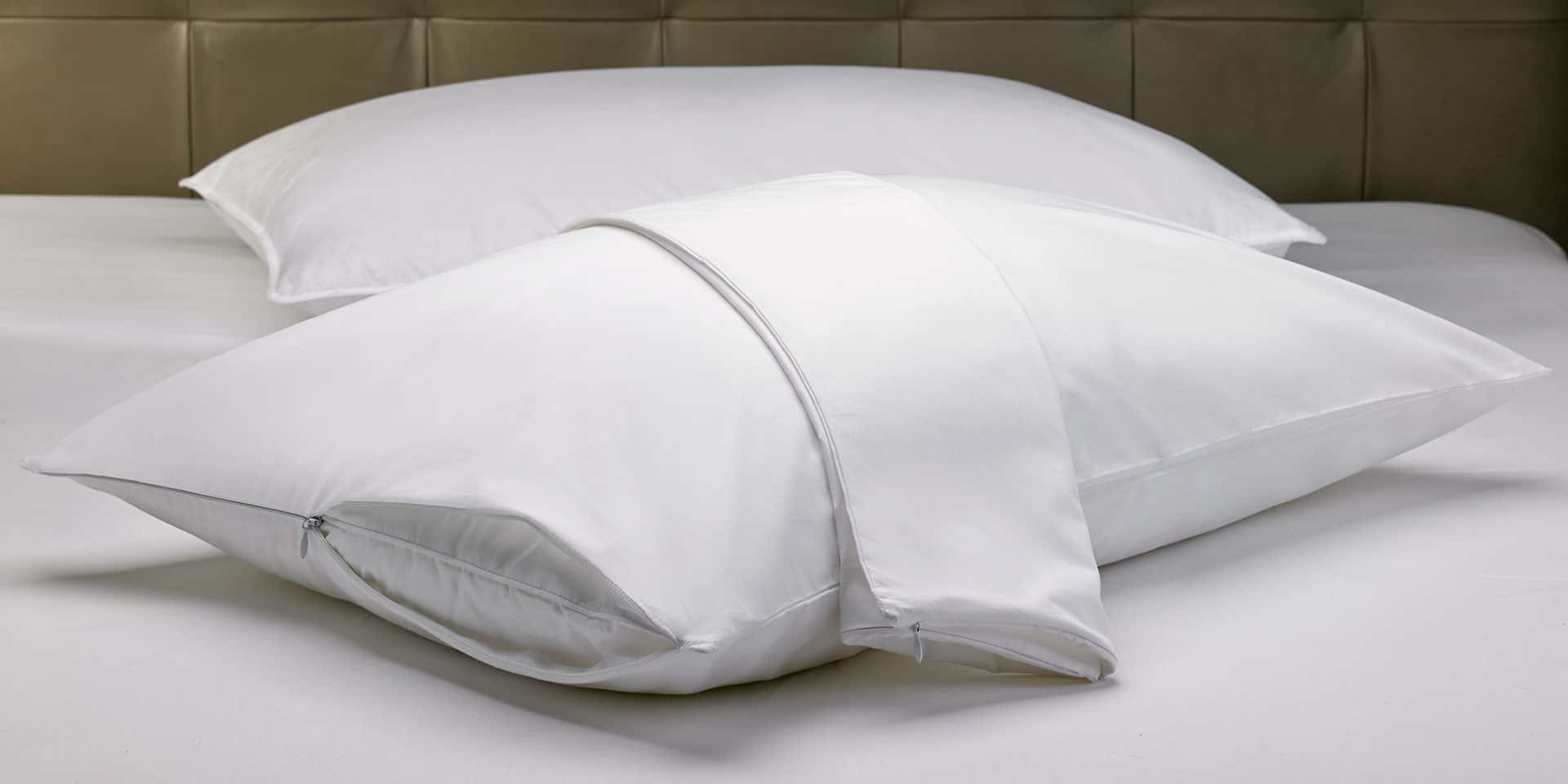
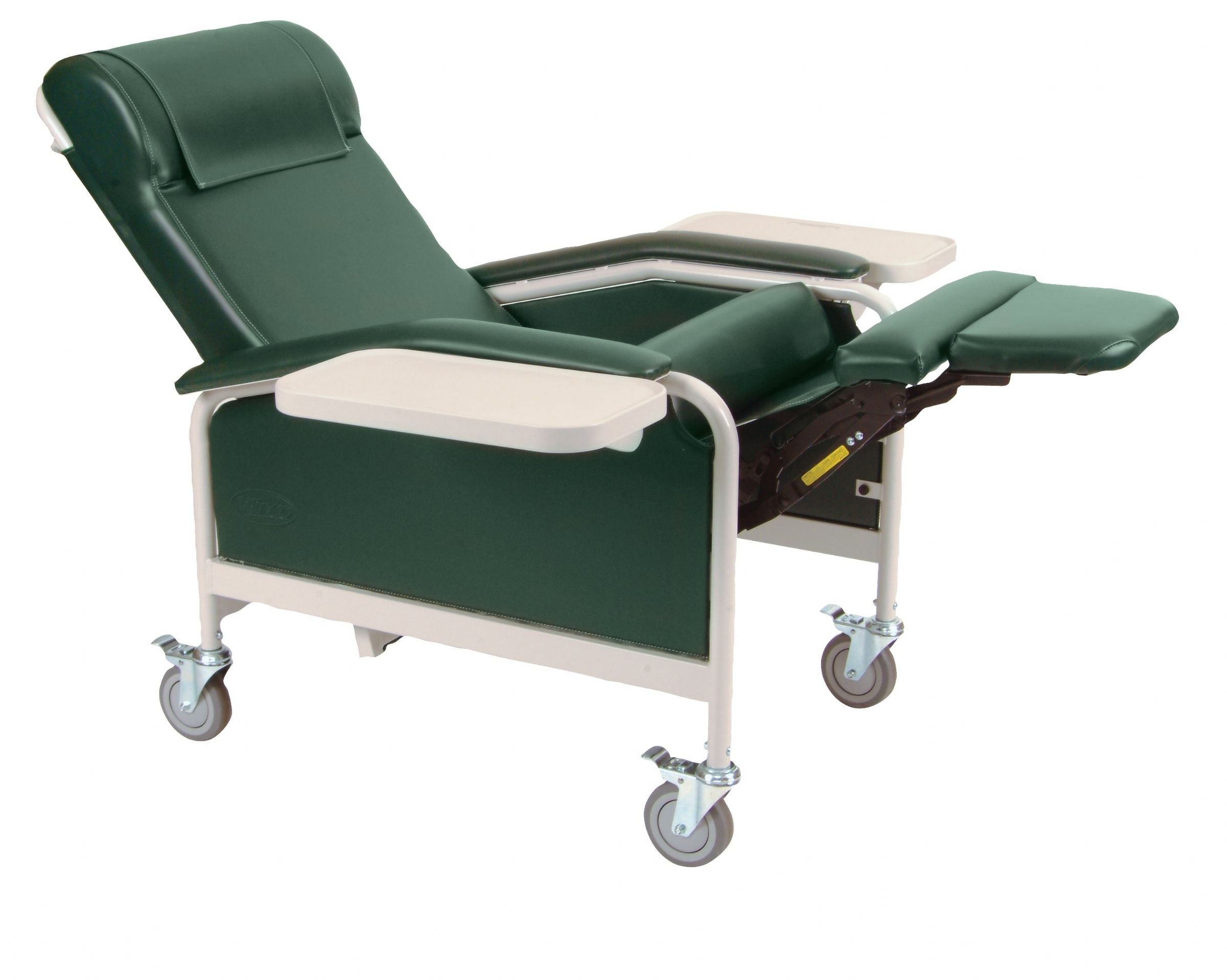

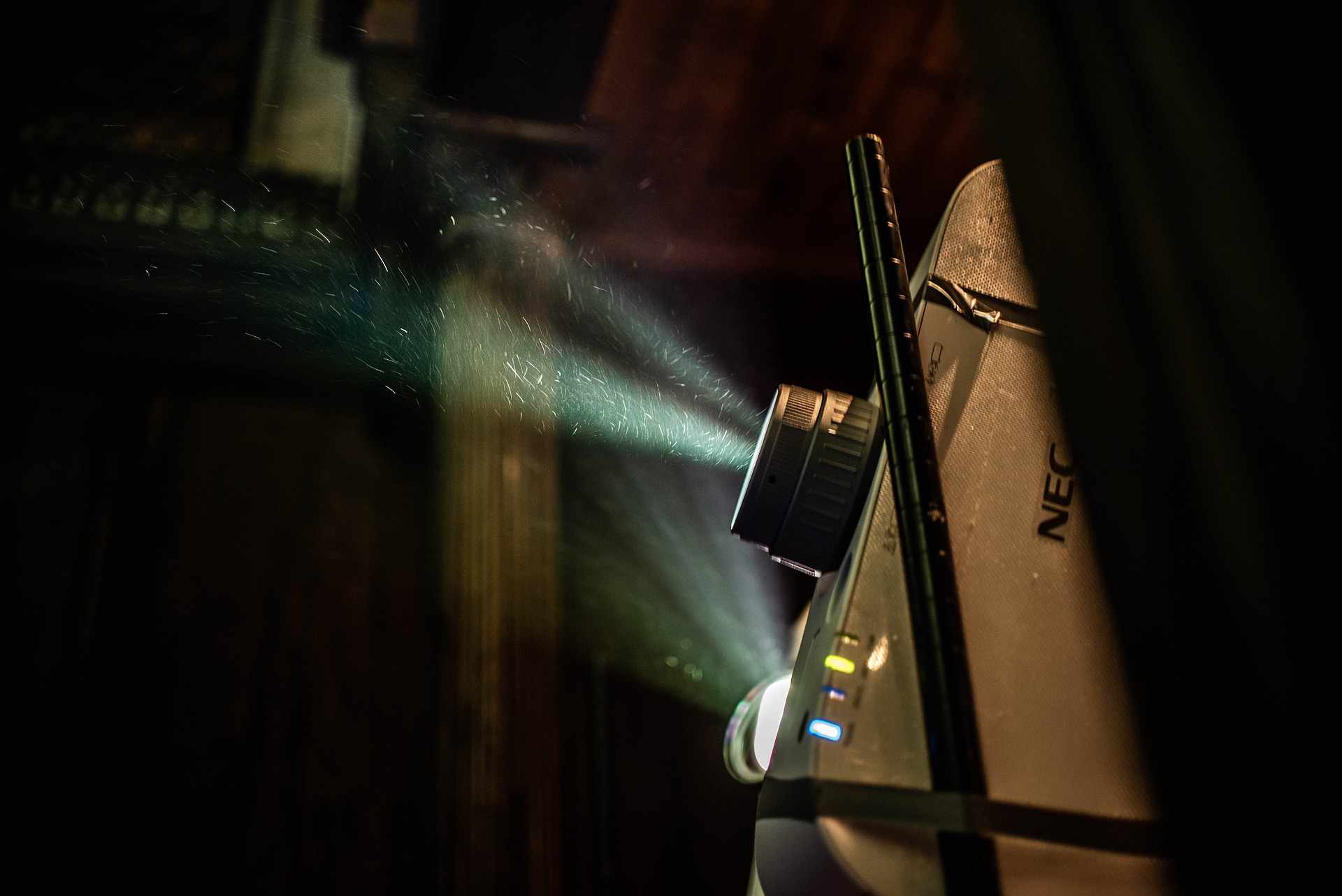



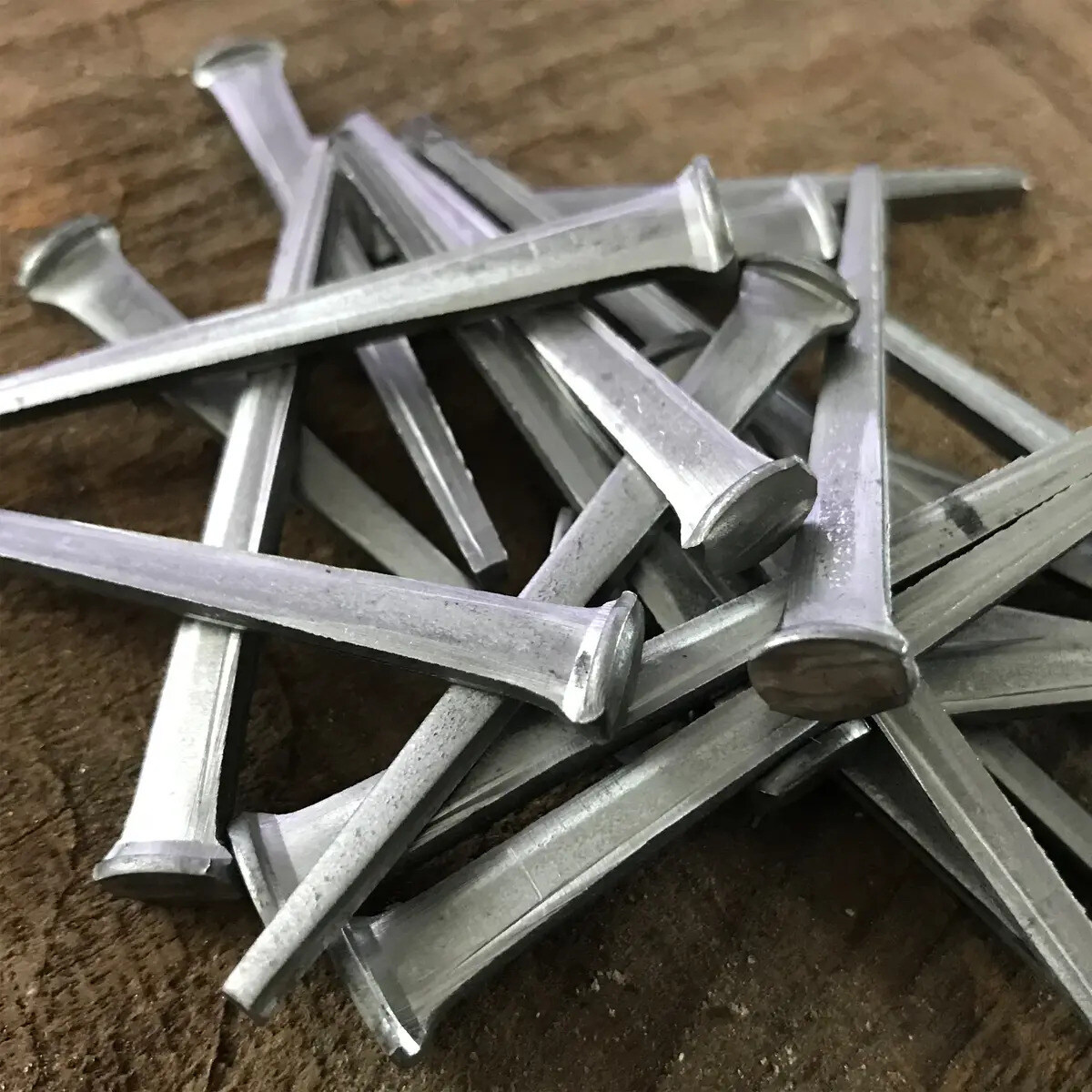



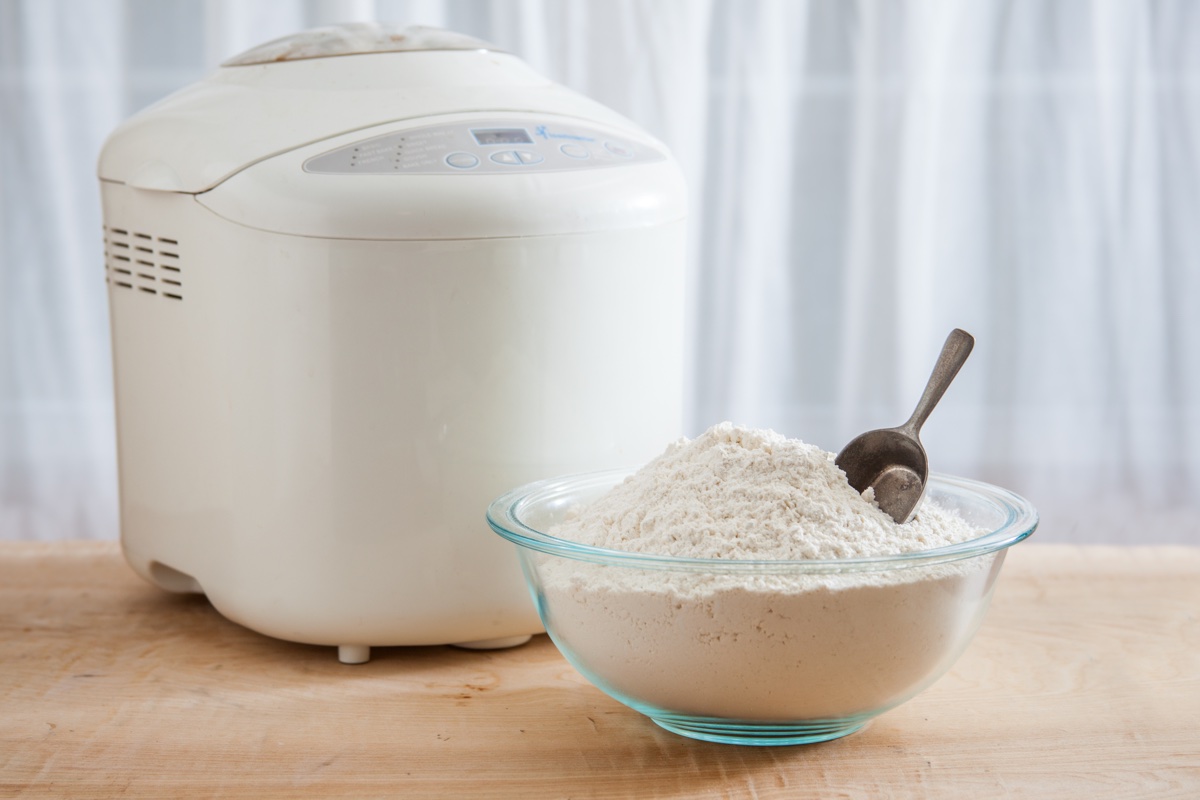
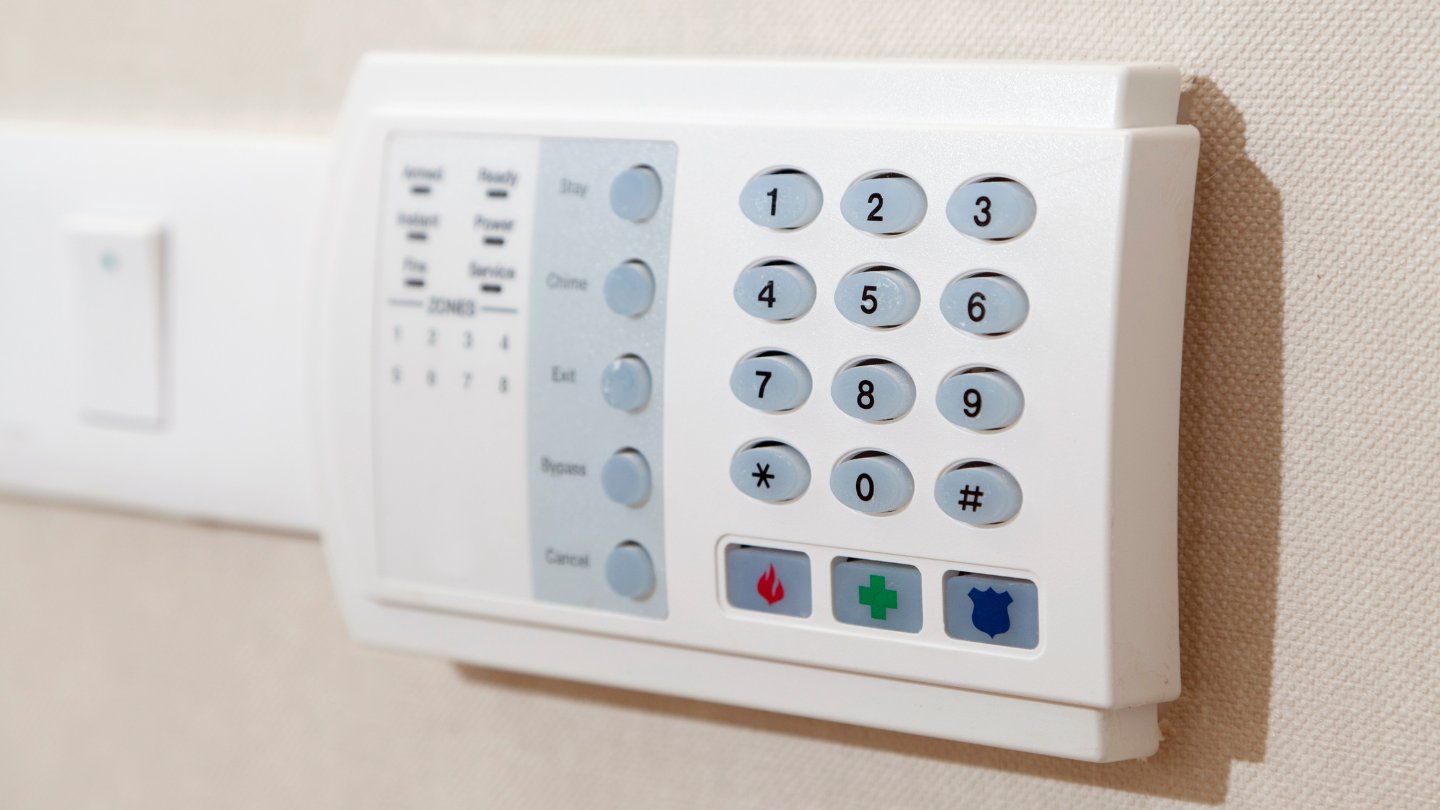


0 thoughts on “What Kind Of Pillows Do Hospitals Use”